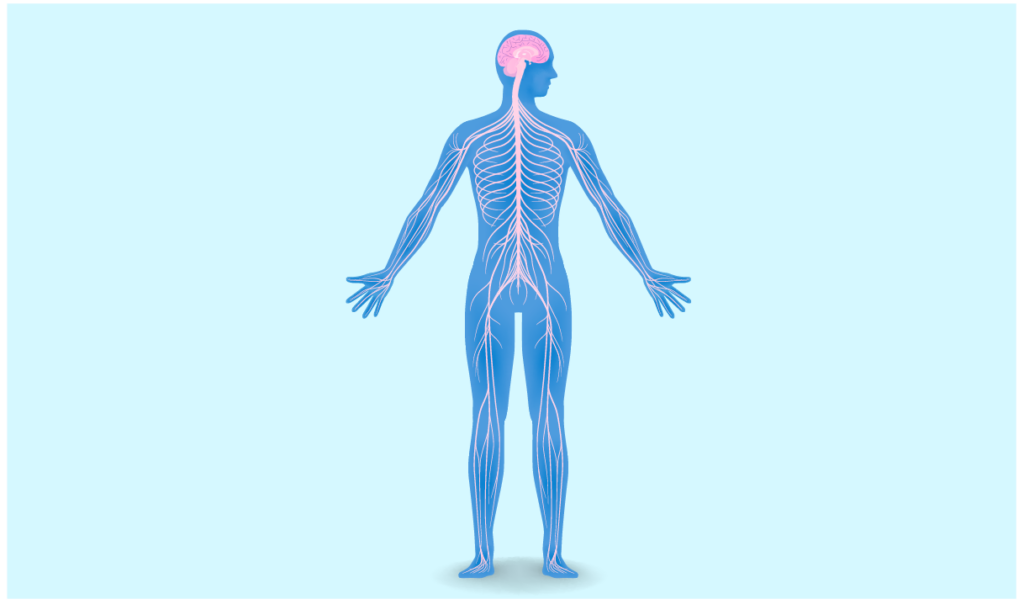New results from a multicenter, randomized control trial show that transcutaneous electrical nerve stimulation (TENS) could offer pain reduction while avoiding the risks of drug treatments for people with fibromyalgia (FM).
The FAST (Fibromyalgia Activity Study with TENS) trial offers evidence that TENS used during physical activity enables significantly lower activity-induced and resting pain, and lowers fatigue. TENS compensates for dysfunctional pain modulation in FM by sending pulses that mimic endogenous opioids and activate pain inhibitory mechanisms.
“The mechanisms by which TENS reduces pain — how it affects the communication between the body and the spinal cord and the brain — are exactly the communication abnormalities that exist in patients with fibromyalgia,” said Leslie Crofford, M.D., director of the Division of Rheumatology and Immunology at Vanderbilt University Medical Center and co-principal investigator on the FAST trial.
“The mechanisms by which TENS reduces pain… are exactly the communication abnormalities that exist in patients with fibromyalgia.”
Patients Report Improvements
The blinded study included 301 women ages 18-70 with reported FM pain of ≥4 out of 10. Patients were randomly assigned to active TENS, placebo TENS or no TENS treatment. Patients were stratified by whether they were taking opioids or not and asked not to change their medications or exercise routines.
Active TENS was applied on the upper and lower back, with an alternating frequency (a key component for success, Crofford noted), at a strong but comfortable intensity. Placebo TENS was applied in the same manner but delivered as a short burst of electrical current that quickly turned off. The no-TENS group wore a non-active TENS unit. Pain and fatigue were measured during a six-minute walk test under supervision of study staff, at the start and after one month of daily home use.
In the active TENS group, 44 percent of participants reported pain and fatigue reductions of 30 and 45 percent, respectively, with 29 percent of participants reporting a reduction in both. The responder rates for pain were similar to those obtained with FDA–approved pharmaceutical agents for FM, such as duloxetine, milnacipran and pregabalin.
“We found that TENS relieved pain both during activity and at rest,” Crofford said.
“We found that TENS relieved pain both during activity and at rest.”
The four weeks of home TENS therapy failed to produce significant changes in measures like depression, anxiety and quality of life. Crofford says changes in mental state characteristically take longer to occur and be recognized. However, 70 percent of patients using active TENS reported global improvement in their condition.
Next Steps in Research
Crofford and her team are now enrolling 600 women in a six-month randomized trial at physical therapy settings. The FM-TIPS (Fibromyalgia TENS in Physical Therapy) study is part of the NIH HEAL program aimed at opioid reduction and is supported by the NIH Collaboratory. It will enable researchers to see if patients develop tolerance to TENS, or whether pain and fatigue continue to step down.
“We want to know if TENS use will allow patients to be more compliant with their exercise prescriptions. This is something that is being done in the context of their routine physical therapy, and then at home,” Crofford said. “If benefits are strong, this can be a powerful part of the physical therapist’s armamentarium.”
“We want to know if TENS use will allow patients to be more compliant with their exercise prescriptions.”
Crofford hopes future research will demonstrate whether consistent use of TENS actually changes the physiology of the communication between the body, spinal cord and brain that is so characteristic of FM.





